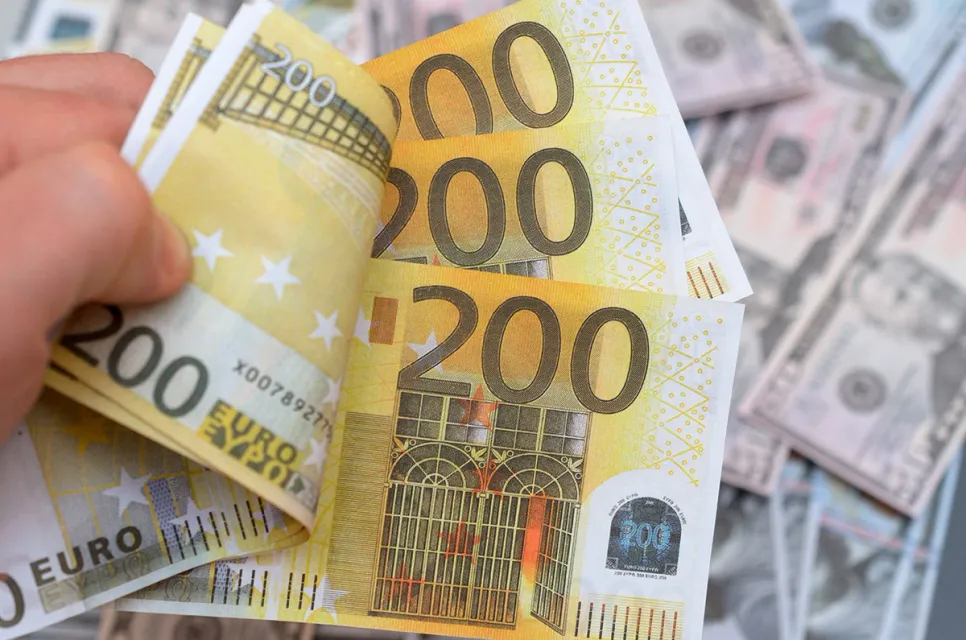Purchasing Power of Europeans Rises to €20,291 in 2025
The average per capita purchasing power in Europe increased to €20,291 in 2025, according to NIQ.

The average per capita purchasing power in Europe increased to €20,291 in 2025, according to NIQ. However, the differences between the 42 countries analyzed remain significant.
People in Liechtenstein, Switzerland, and Luxembourg have a much higher net income than the rest of Europe, while purchasing power is lowest in Kosovo, Belarus, and Ukraine. Ireland is among the big winners this year, climbing five places in the overall European comparison.
In 2025, Europeans will have a total purchasing power of approximately €13.9 trillion. This budget is available for food, housing, services, energy costs, private pensions, insurance, vacations, mobility, and consumer purchases. On a per capita basis, this results in an average purchasing power of €20,291, representing a nominal increase of 4.0 percent compared to the revised figure from the previous year. However, the actual amount consumers have available for spending and saving varies greatly from country to country and also depends on how consumer prices develop in 2025.
As in previous years, Liechtenstein once again ranks first in the purchasing power rankings in 2025, with a significant lead. Residents of Liechtenstein have a per capita purchasing power of €71,130, which is 3.5 times the European average. Switzerland and Luxembourg follow in second and third place. The Swiss have a per capita purchasing power of €53,011, which is 2.6 times higher than the European average, while Luxembourgers have a net disposable income of €38,929 per person. This is more than 1.9 times the European average.
All other countries in the top 10 also show very high per capita purchasing power, at least 43 percent above the European average. A major winner is Ireland, which climbed five places compared to the previous year and now ranks seventh with a per capita purchasing power of €30,205. The neighboring UK improved by one position and now ranks sixth in the purchasing power index, while Austria and Norway each dropped two places. The Netherlands, on the other hand, is pushed out of the top 10 this year and ranks twelfth with a per capita purchasing power of €28,535.
In total, 16 of the 42 countries analyzed are above the European average. In contrast, 26 countries have below-average per capita purchasing power – including Spain, which, at €20,134 per person, is slightly below the European average. As in previous years, Ukraine ranks last. There, people have only €2,946 per capita, which is less than 15 percent of the European average.
“Purchasing power differences within Europe remain significant,” explains Markus Frank, expert in NIQ’s Geomarketing solution area. “People in Liechtenstein – the top-ranked country – have more than 24 times the purchasing power compared to Ukraine, which ranks last. Still, a long-term trend is emerging: countries with lower purchasing power are seeing above-average growth. This is gradually narrowing the gap between nations. For comparison: ten years ago, the ratio between Liechtenstein and Ukraine was more than 66 to 1.”